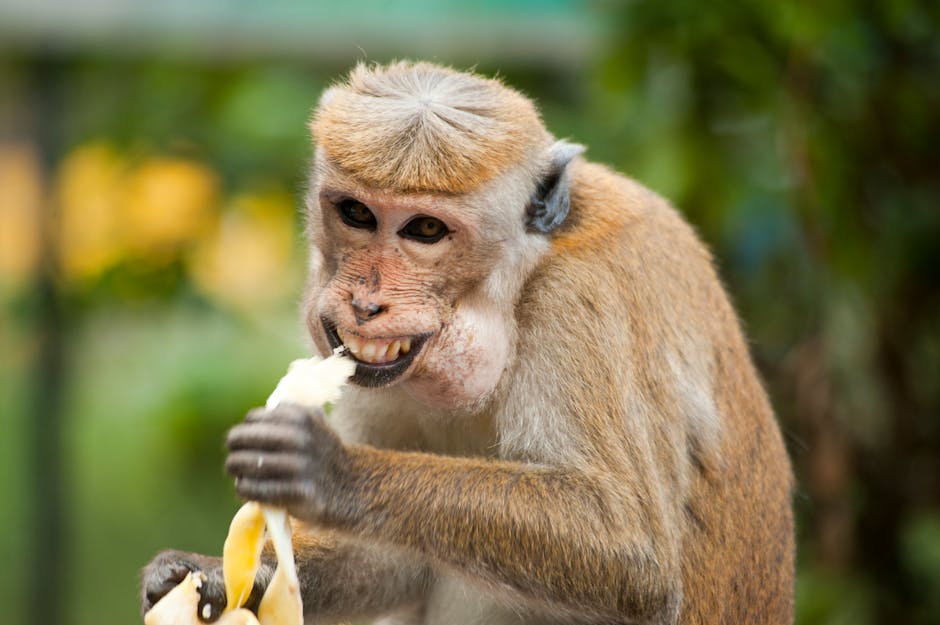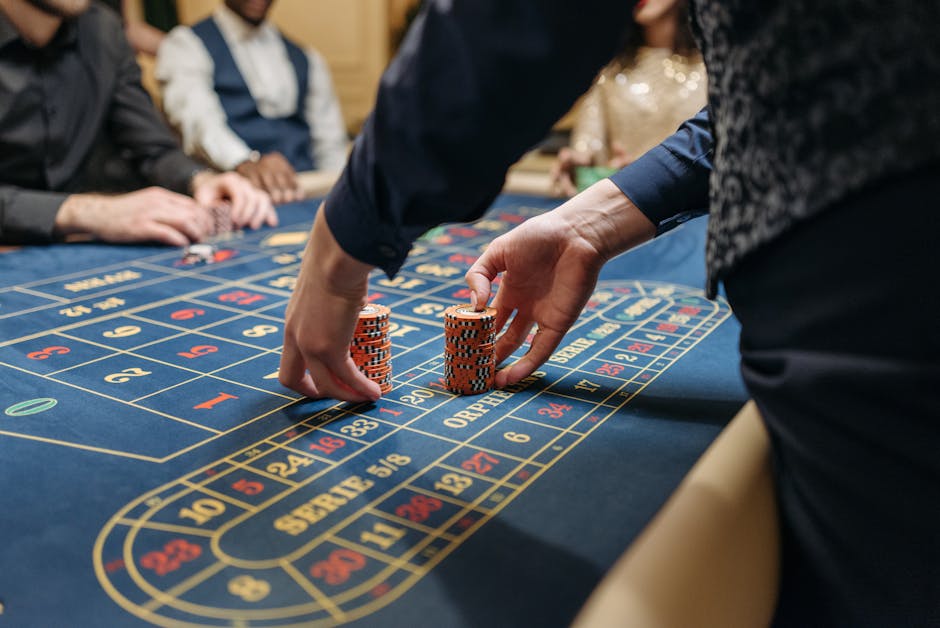Forget the romantic monsoons of Bollywood or whispered sweet nothings in a coffee shop. The simple act of a kiss, it turns out, might not be a modern human invention for romance at all. A groundbreaking new study suggests the origins of locking lips go back a staggering 21 million years, to a common ancestor we share with apes.
You heard that right. That affectionate peck on the cheek or passionate embrace has roots deeper than any civilization, any text, and any love story ever written.
Rewriting the Timeline of Tenderness
For decades, the prevailing theory was that the earliest evidence of human kissing came from Mesopotamian texts dating back about 4,500 years, positioning it as a relatively recent cultural innovation. But new research, published in the prestigious journal Science, has completely redrawn this timeline. The new evidence suggests that the instinct to kiss is far more ancient, with findings that indicate kissing may have evolved in an ape ancestor 21 million years ago, during the Miocene epoch.
The Smoking Gun: A Fossil’s Tale
So, what’s the big discovery? Scientists examining the fossil of an early ape, Proconsul, unearthed in Uganda, noticed something peculiar. The ancient primate’s jaw showed signs of a lesion—an abscess consistent with a herpes-like virus.
This is the key piece of evidence. Viruses like herpes simplex are primarily transmitted through the direct exchange of saliva. For this to happen, the primates must have engaged in some form of mouth-to-mouth contact. This fossil provides the first physical proof that this behaviour existed in our deep ancestral line.
Not for Romance: The Original Purpose of Kissing
This ancient mouth-to-mouth contact wasn’t a romantic, ‘Kuch Kuch Hota Hai’ moment. Researchers propose this “proto-kissing” was a functional and social behaviour essential for survival. We can see echoes of this in our closest living relatives, chimpanzees and bonobos. They engage in mouth-to-mouth contact for various reasons:
- To share food: Mothers often pass pre-chewed food to their infants.
- To reconcile: It’s used as a gesture to make up after a fight.
- To offer reassurance: The contact helps soothe and comfort others in the group.
- To strengthen social bonds: It reinforces relationships and group cohesion.
This new evidence suggests this behaviour was a fundamental part of our primate lineage long before we were even human. The evolution of kissing in an ape ancestor was less about love and more about life—an evolutionary tool for nourishment, conflict resolution, and community.
From Primal Instinct to Modern Passion
This discovery completely reframes our understanding of one of humanity’s most universal gestures. In India, for example, ancient texts like the Kama Sutra meticulously categorise different types of kisses, proving the act’s long-standing cultural importance. While that textual evidence is still significant, this study shows the instinct behind the act predates any scripture by millions of years.
The Proconsul fossil is a powerful reminder that many of our “human” behaviours are built upon an ancient, inherited foundation. The complex emotions we associate with a kiss today—love, passion, respect, greeting—are modern layers painted on top of a primal instinct to connect, share, and bond.
So, the next time you share a kiss, you’re not just participating in a cultural custom. You’re tapping into a social impulse that has been passed down through countless generations—a 21-million-year-old legacy of connection that links us directly to our distant ape ancestors.




